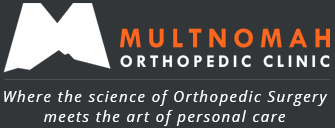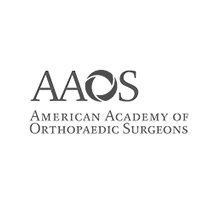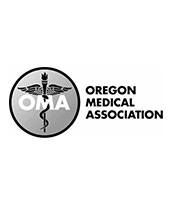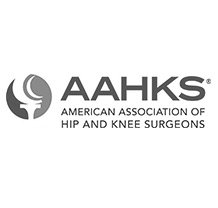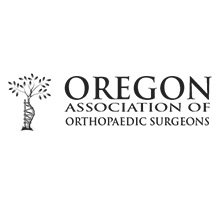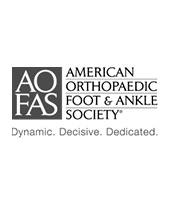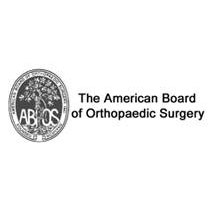Elbow (Olecranon) Bursitis
The elbow contains a large, curved, pointy bone at the back called the olecranon, which is covered by the olecranon bursa, a small fluid-filled sac that allows smooth movement between the bone and overlying skin. Inflammation of this bursa leads to a condition called olecranon bursitis.
The causes of elbow bursitis may include trauma or a hard blow, excessive leaning on the elbow, infection through puncture wounds or insect bites, or conditions such as gout and rheumatoid arthritis. People in certain occupations such as plumbing or air conditioning technicians which involve a lot of crawling on the elbows are highly prone to this condition.
Swelling is your first symptom of elbow bursitis. As more and more liquid fills into the bursa, the swelling increases and can cause pain. This pain is generally mild, but can increase with direct pressure or bending of the elbow. If the bursa gets infected, your skin can become warm and red, and may spread to other parts of the arm or even the blood stream if not treated immediately.
Elbow bursitis can be diagnosed by reviewing your medical history and undergoing a thorough physical exam. Your doctor may also order an X-ray and biopsy of the bursa fluid to test for infection.
If bursitis is caused due to an infection your doctor may recommend removal of fluid from the bursa with a needle and prescribe antibiotics. Elbow bursitis not caused from infections can be treated with an elbow pad to cushion your elbows, avoiding activities that place direct pressure on the swollen elbow, taking anti-inflammatory medications to reduce swelling, or injection of corticosteroid medication directly into the bursa to relieve pain and swelling. When these methods do not help, the bursa is surgically removed.
Protection of your elbow from excessive friction may prevent bursitis, or elbow pads can be used when you need to lean on your elbow while working.
